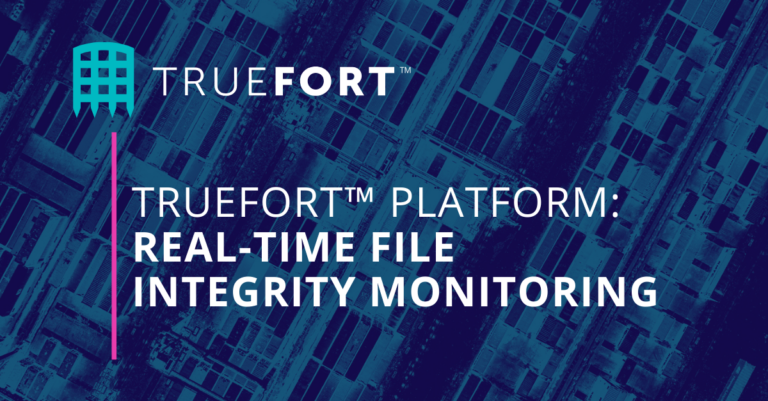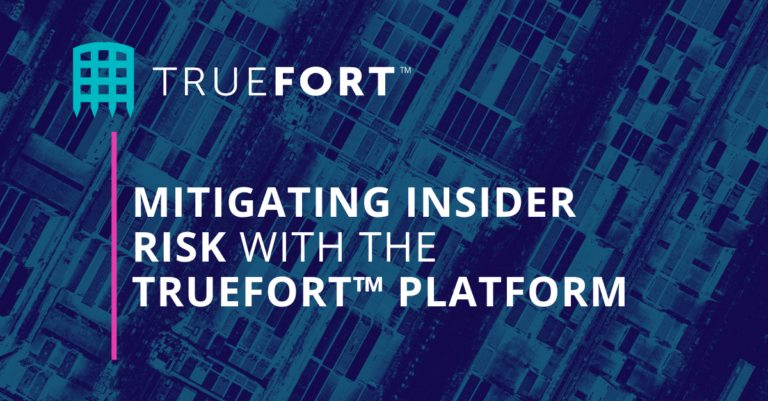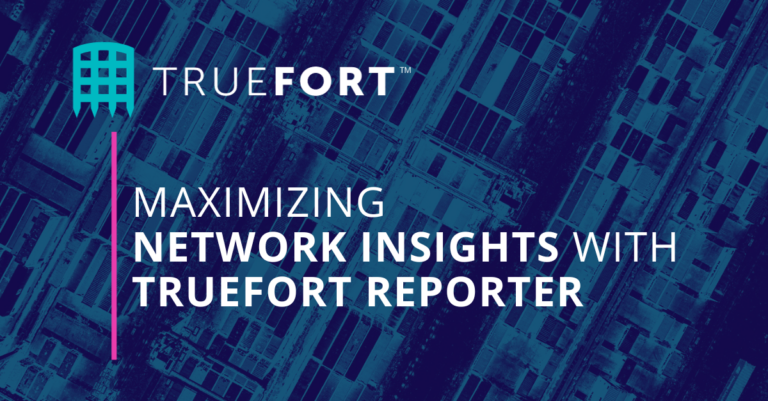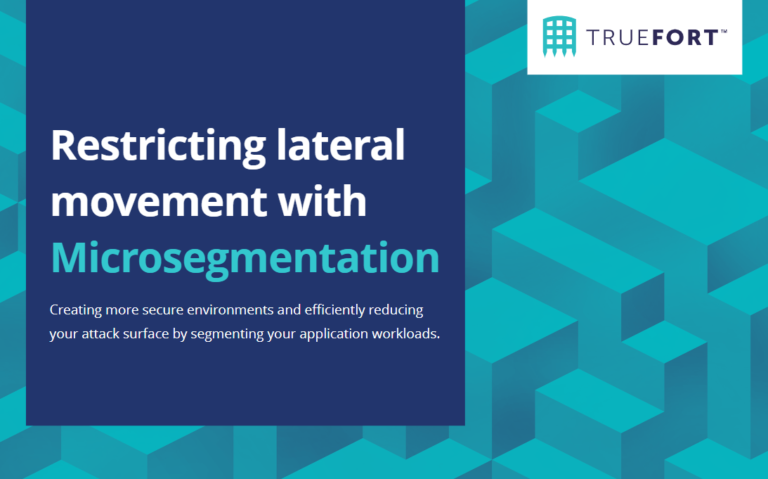How TrueFort Compares to Zero Networks
TrueFort informs the journey to enforcement
Zero Networks promises agentless microsegmentation, but fails to explain how little control users would have with this approach. For any visibility into network traffic, an agent must be installed, and Zero Networks only supports workloads running Windows Server. With TrueFort, customers protect any workload, ranging from bare-metal AIX servers to Linux virtual machines with EDR agents, and containerized applications. If your organization is hybrid in any way, you need a microsegmentation platform that supports variety.
TrueFort vs. Zero Networks
- Rapid deployment, unmatched visibility
Using TrueFort, CrowdStrike and SentinelOne customers can easily initiate a process where telemetry data from tens of thousands of deployed agents is quickly aligned with specific applications and their workloads. In just a few hours, this allows users to identify unexpected traffic patterns not accounted for by traditional network devices alone.
- Continuous and real-time behavior analytics
The TrueFort Platform applies machine learning to all aspects of observed workload behavior to provide a trusted baseline of process, account, command, and network activity – including full recording of historical actions. This clarity provides security teams and application owners with the shared understanding needed to confidently adopt the platform’s suggested segmentation policies.
- Powerful, customizable enterprise reporting
With TrueFort, all analyzed behavior is available within a robust reporting platform with templated reports created explicitly for common business audiences. From threat hunters and compliance auditors to architects and network engineers, dashboards are easy to customize to match each organization’s unique environment and specific needs.
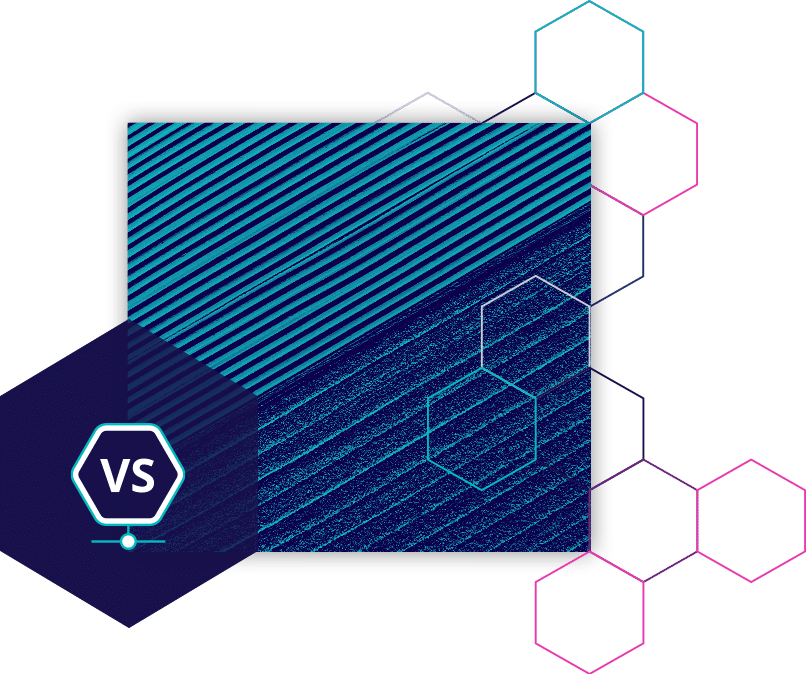
TrueFort
Zero Networks
TrueFort
Zero Networks
Deployment
Consolidated Visibility
Centralize your application environment mapping with a mix of already-installed CrowdStrike and SentinelOne agents, TrueFort agents, and IaaS tooling
Easy Start, Increasingly Complex
Host firewall policies can be pushed to Windows via Group Policy, but any visibility or validation requires extensive deployments and integrations
Behavior Analytics
Continuous and Unified
Access baselines from machine learning across network, identity, process, and enterprise application
None
No behavioral analysis around workload activity or baselining of network traffic
IT/OT Segmentation
Integrated
Align network telemetry and asset intelligence from Armis with application behavior mapping to expand segmentation policies
None
Visibility is limited to Active Directory and devices managed by Group Policy
Forensic Timeline
Continuous and Contextual
Dive deep into any historical activity from network connections down to the command line execution from one interactive investigation dashboard
None
Zero visibility into a continuous chain of events tying network and server activities
Incident Response
Real-time and Interactive
Respond immediately incident by blocking a network connection, killing a process, or disabling a user
None
No interactive response capability—only Group Policy definition
Service Account Protection
Behavioral Policy Enforcement
Review service account historical trends and easily tailor policy for each application’s behavioral profile
None
No visibility in accounts or ability to set policy based on user
File Integrity Monitoring (FIM)
Robust
Alert security teams when any critical files are modified, including details of what changed and by whom
None
No ability to view or alert on critical file changes
Compliance
Centralized
Access 100+ customizable enterprise reports spanning business continuity, frameworks like CIS, threat hunting, divestitures, and more
Limited
Very little reporting beyond pre-defined summary reports and dashboards
TrueFort vs. Zero Networks
TrueFort transforms enterprise security with its swift setup and unparalleled visibility, utilizing existing CrowdStrike or SentinelOne agents to quickly map data across thousands of servers within days and implement security measures in just weeks. In contrast to Zero Networks, which struggles with intricate integrations and scaling issues, TrueFort delivers ongoing, real-time analysis of behavior, flexible reporting options, and strong file integrity checks. This ensures a smooth, scalable approach to detecting advanced threats, responding to incidents, defending against zero-day exploits, and maintaining compliance in enterprise settings.
Zero trust application security isn't easy
But TrueFort levels the playing field against cyber attackers
Resources
